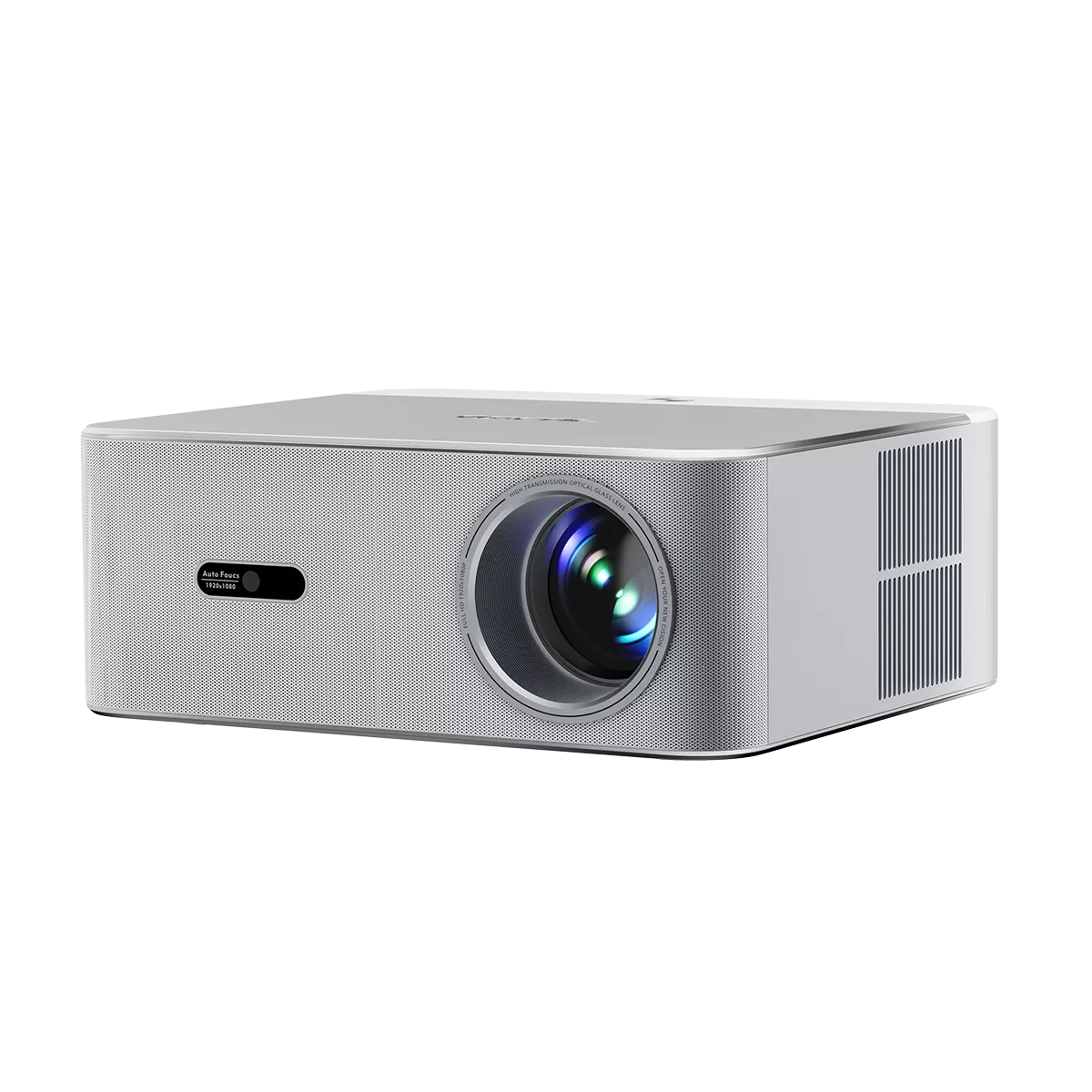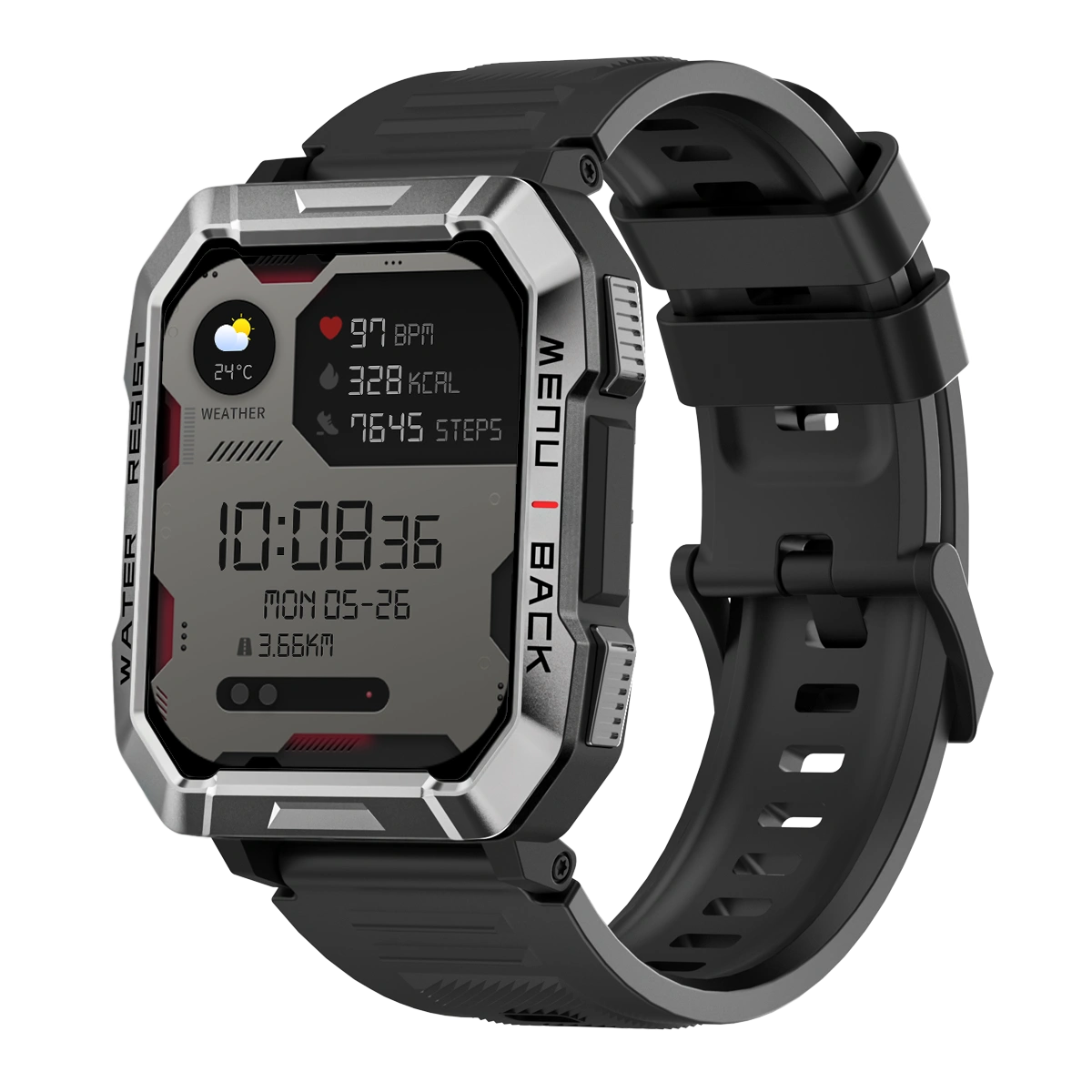Welcome to OSCAL (Well-known brand of ruggedized smartphone, TWS earbuds, tablet, and portable power station) blog. Hope this guide has been helpful.
In today's wireless world, earbuds have become an essential accessory for music lovers, professionals, and fitness enthusiasts alike. With the rise of Bluetooth technology, concerns about radiation exposure from these devices have grown. Many people wonder whether the convenience of wireless earbuds comes at a hidden cost to their health.
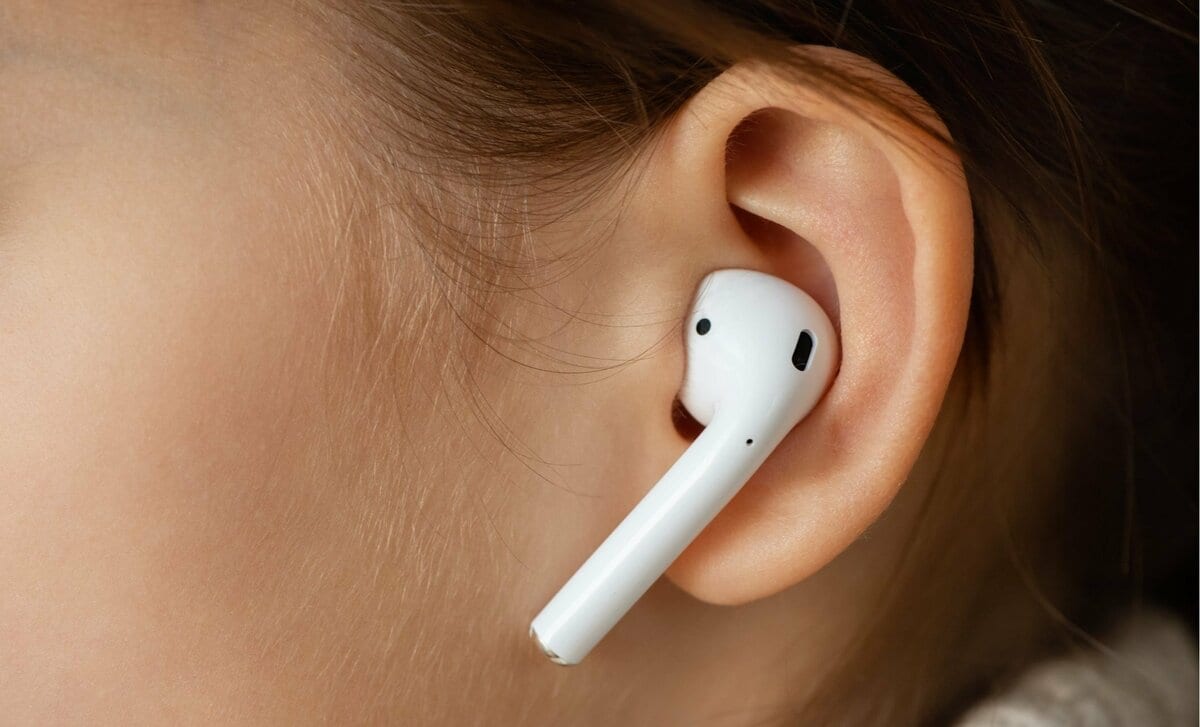
Radiation is a term that often triggers alarm, especially when associated with personal electronics. While some forms of radiation, like X-rays, are known to be harmful, others, such as visible light, are harmless. The key question is: what kind of radiation do earbuds emit, and should we be concerned?
This guide will explore the science behind earbud radiation, differentiate between harmful and non-harmful types, and provide evidence-based insights into whether wireless earbuds pose any health risks. By the end, you'll have a clear understanding of how these devices work and whether precautions are necessary.
Do earbuds give off radiation?
Yes, wireless earbuds emit low-level non-ionizing radiofrequency (RF) radiation—the same type used by Bluetooth, Wi-Fi, and cell phones. However, the power is minimal (typically under 1 milliwatt) and far weaker than harmful ionizing radiation (e.g., X-rays). Wired earbuds avoid RF but may produce negligible electromagnetic fields.
Understanding Radiation from Earbuds
Radiation is simply energy that travels through space in the form of waves or particles. Earbuds, particularly wireless ones, emit non-ionizing radiofrequency (RF) radiation, which is a low-energy form of electromagnetic waves. This is the same type of radiation used in Wi-Fi, cell phones, and microwave ovens, but at much lower intensities.
Key points about earbud radiation:
- Bluetooth earbuds typically operate at frequencies between 2.4 GHz and 2.4835 GHz.
- The power output is very low, usually under 1 milliwatt (mW).
- This radiation is not strong enough to break chemical bonds or damage DNA, unlike ionizing radiation (e.g., X-rays).
Bluetooth vs. Wired Earbuds: Radiation Comparison
Wired earbuds do not emit RF radiation since they transmit audio signals through electrical currents in wires. However, they may produce extremely low-frequency (ELF) electromagnetic fields, which are also considered non-harmful at typical exposure levels.
Bluetooth earbuds, on the other hand, constantly emit low-power RF signals to maintain a connection with your device. While the radiation exposure is minimal, some studies suggest that prolonged close-range exposure could have biological effects, though conclusive evidence is lacking.
Scientific Studies on Earbud Radiation
Research on Bluetooth radiation has yielded mixed results:
- A 2019 study published in Environmental Research found no significant link between Bluetooth devices and health risks.
- The World Health Organization (WHO) classifies RF radiation as "possibly carcinogenic" (Group 2B), but this is based on limited evidence, mostly from high-exposure sources like cell phones.
- The Federal Communications Commission (FCC) states that Bluetooth devices comply with safe exposure limits.
Potential Health Concerns and Myths
Some common concerns about earbud radiation include:
- Cancer risk: No direct evidence links Bluetooth earbuds to cancer.
- Brain effects: Since earbuds sit close to the head, some worry about RF exposure, but the power levels are far below harmful thresholds.
- Hearing damage: This is unrelated to radiation but rather due to high volume levels over time.
Safety Recommendations
If you're still concerned about radiation exposure, consider these precautions:
- Use wired earbuds when possible.
- Limit prolonged Bluetooth earbud use.
- Take breaks to reduce continuous exposure.
- Choose devices with lower Specific Absorption Rate (SAR) values.
Conclusion
Current scientific evidence suggests that the radiation emitted by Bluetooth earbuds is minimal and unlikely to pose health risks under normal usage conditions. Regulatory agencies worldwide maintain that these devices operate within safe exposure limits. While it's always wise to stay informed, there is no need for alarm based on the available research.
As technology evolves, ongoing studies will continue to monitor potential long-term effects. For now, users can enjoy the convenience of wireless earbuds while following simple safety practices to minimize any theoretical risks. The key takeaway? Moderation and awareness are your best defenses in an increasingly wireless world.




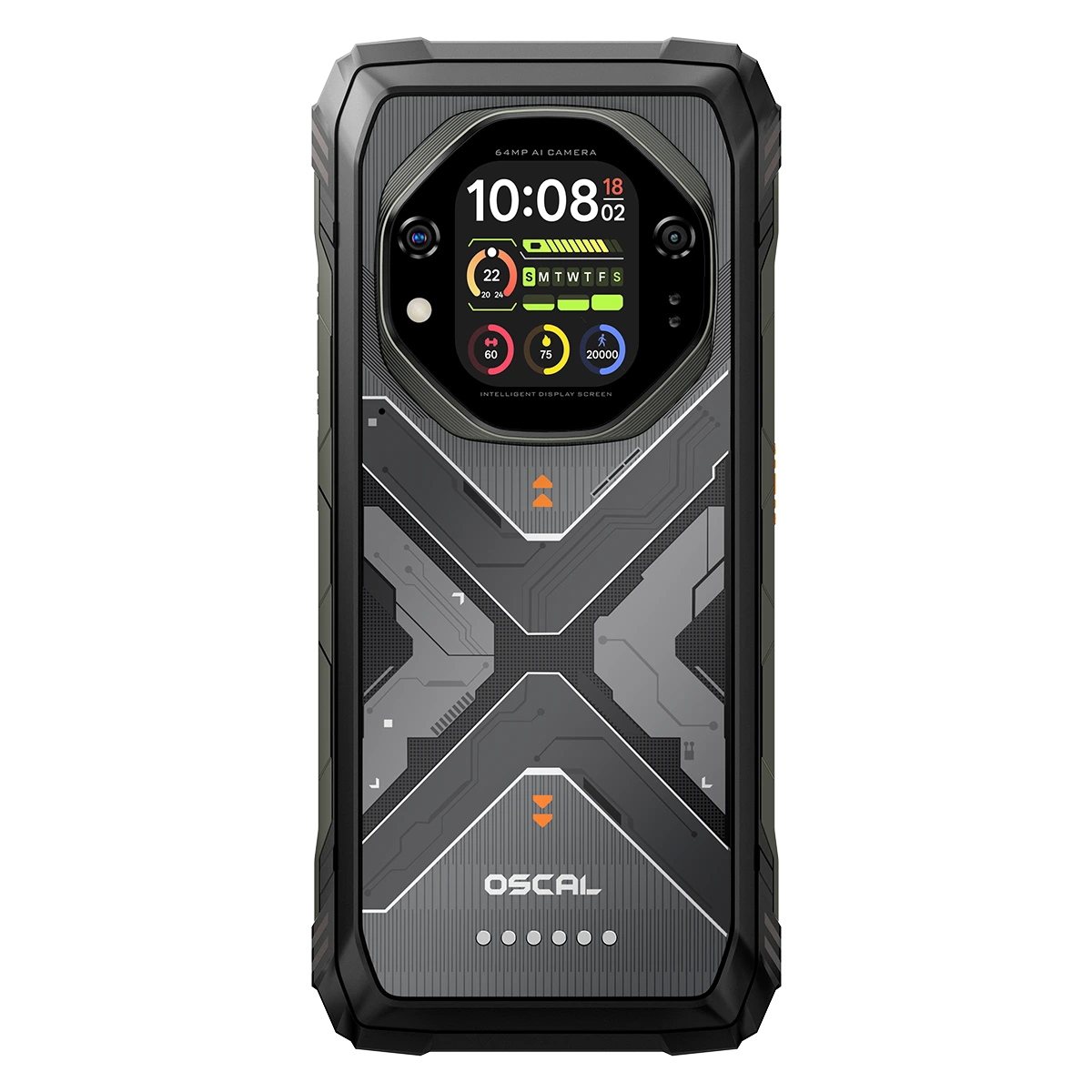


























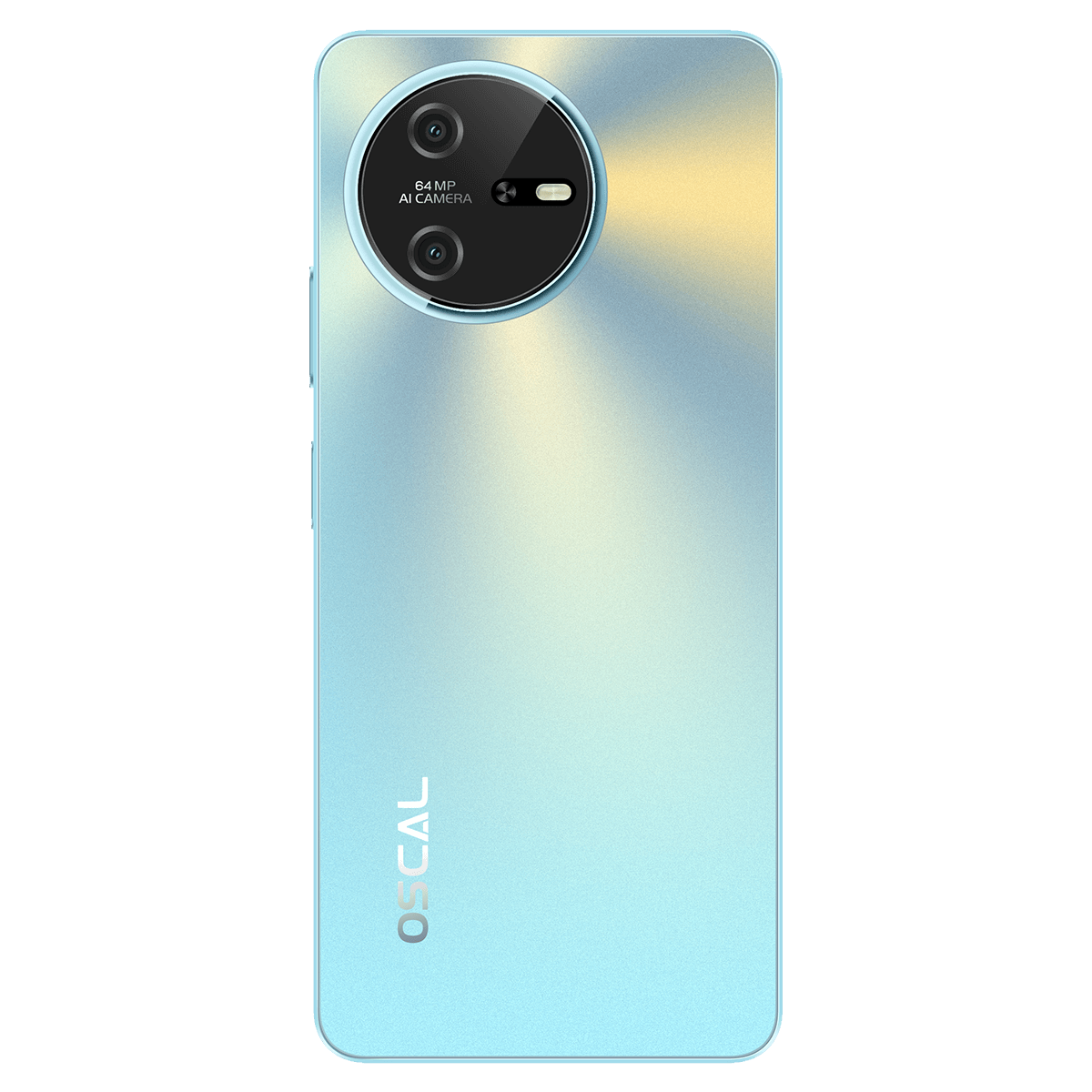
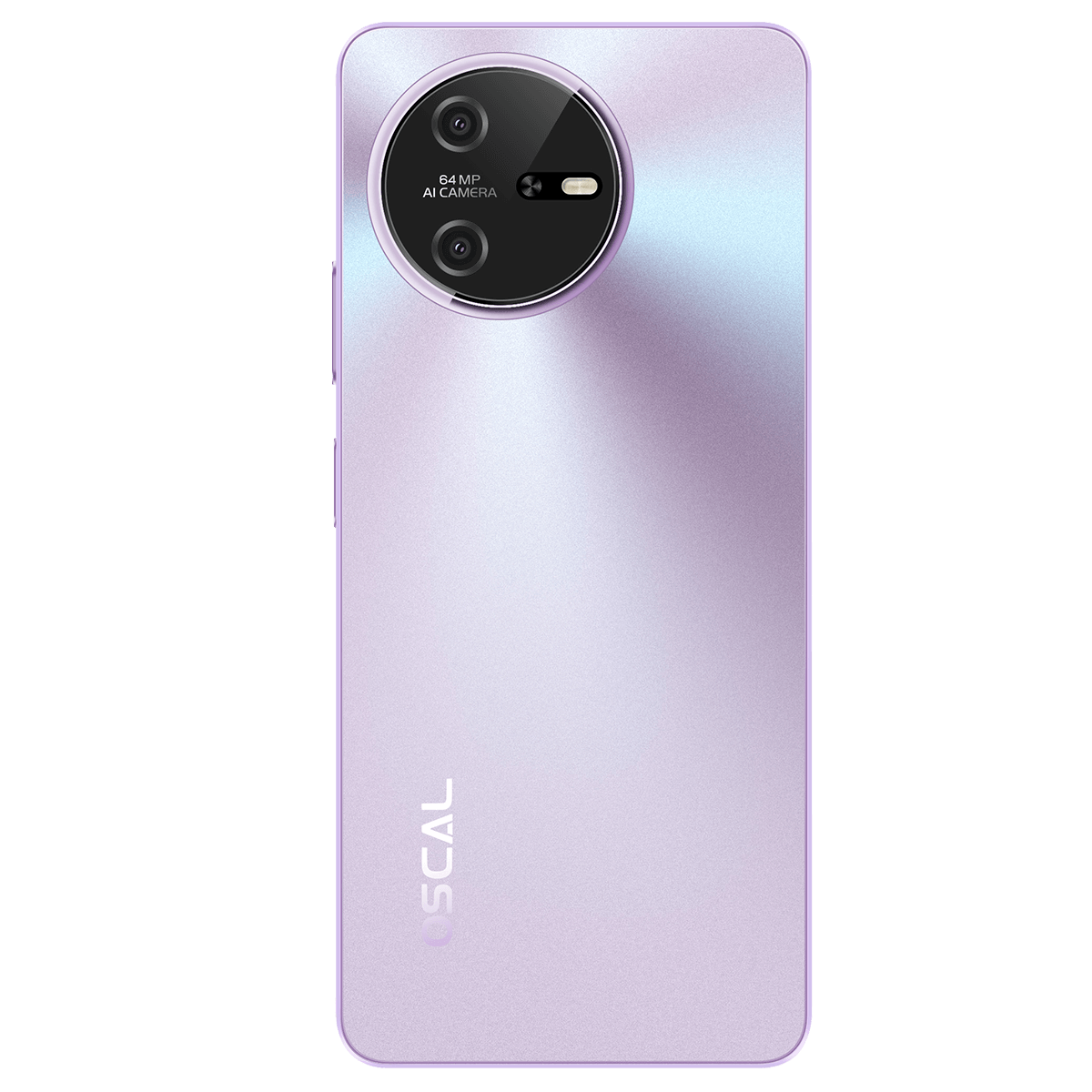


































 (1)-20251204034946188.jpg)

























































